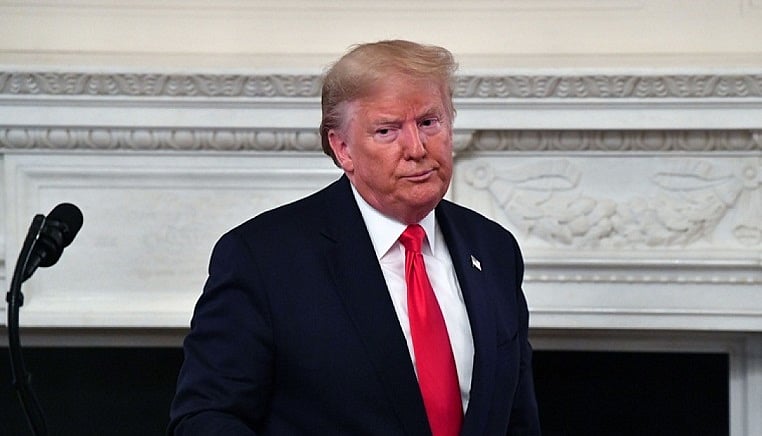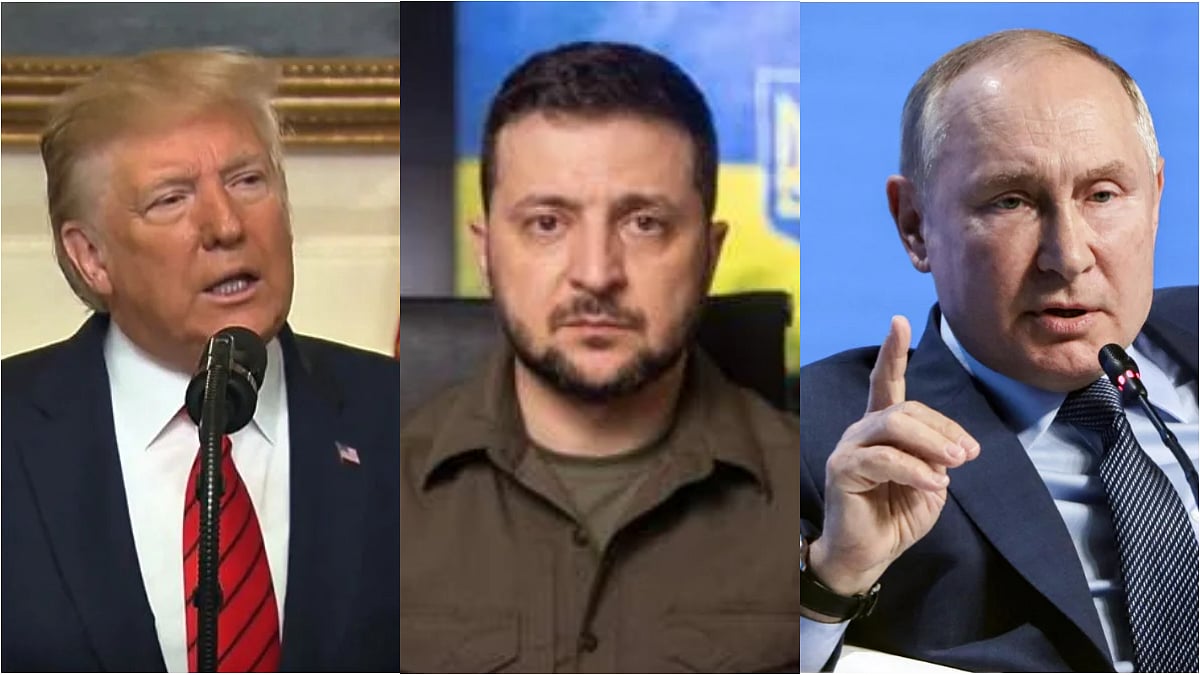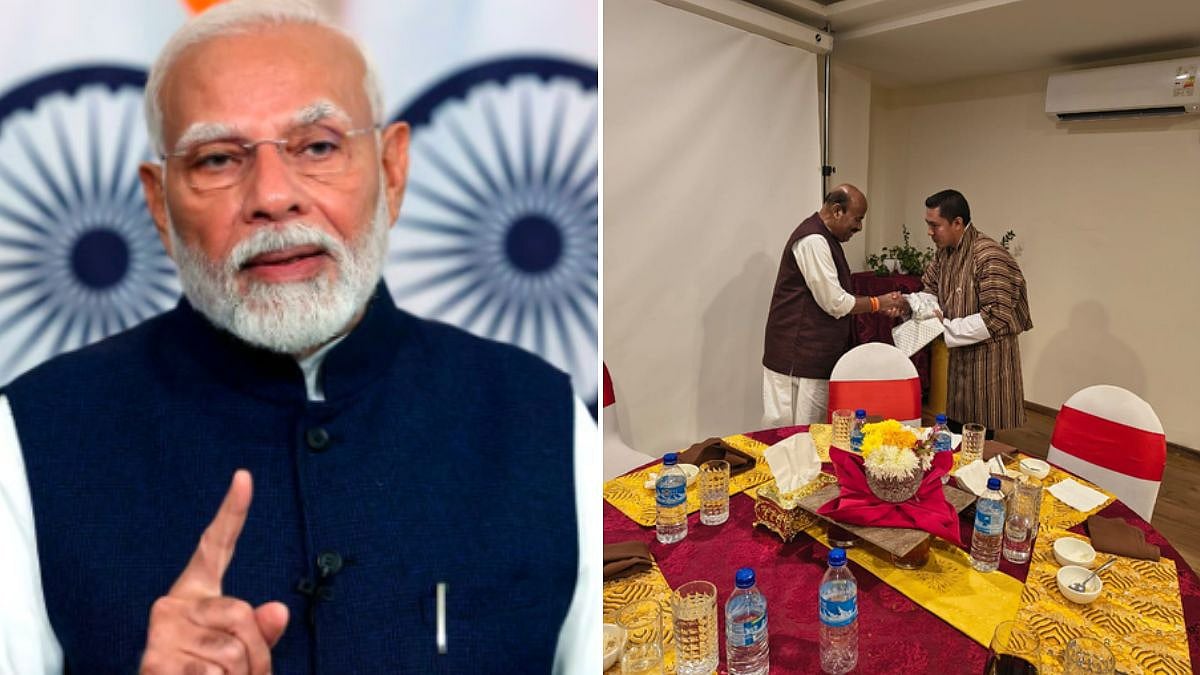Washington --- By the time US President Donald Trump first spoke publicly about the coronavirus, it may already have been too late.
Interviewed at Davos, a gathering of global elites in the Swiss Alps, the president on January 22 played down the threat posed by the respiratory virus from China, which had just reached American shores in the form of a solitary patient in Washington state.
In the 11 weeks since that interview, the coronavirus has reached every corner of the globe. It has infected more than 500,000 Americans and killed at least 20,000. It has rewritten the rules of society, isolated people in their homes, closed schools, devastated the economy and put millions out of work.
When Trump spoke in Switzerland, weeks' worth of warning signs already had been raised. In the ensuing month, before the president first addressed the crisis from the White House, key steps to prepare the nation for the coming pandemic were not taken.
Life-saving medical equipment was not stockpiled. Travel largely continued unabated. Vital public health data from China was not provided or was deemed untrustworthy. A White House riven by rivalries and turnover was slow to act.
Urgent warnings were ignored by a president consumed by his impeachment trial and intent on protecting a robust economy that he viewed as central to his reelection chances.
The Pentagon first learned about the new coronavirus in December from open source reports emanating from China. By early January, warnings about the virus had made their way into intelligence reports circulating around the government.
On January 3, the head of the US Centres for Disease Control and Prevention, Robert Redfield, received a call from his Chinese counterpart with an official warning. Anthony Fauci, the government's top infectious disease expert, was alerted to the virus around the same time.
On January 11, China shared the virus' genetic sequence. That same day, the National Institutes of Health started working on a vaccine.
Ultimately, the US was able to get China's consent to send two people on the WHO team that travelled to China later in the month. But by then precious weeks had been lost and the virus had raced across Asia and had begun to escape the continent.
For much of January, administration officials were doing a delicate balancing act.
But while word of the virus was included in several of the president's intelligence briefings, Trump wasn't fully briefed on the threat until Health and Human Services Secretary Alex Azar called with an update on January 18.
Trump spent much of the conversation wanting to talk about vaping; he was considering a new policy restricting its use.
Moreover, the president was in the middle of his Senate impeachment trial and focused on little else. Trump also had little desire to pressure Beijing or criticize its president, Xi Jinping, with whom he wanted to secure cooperation on ending a yearlong trade war before the reelection campaign kicked into high gear.
By late January, acting chief of staff Mick Mulvaney held the post in name only as rumours swirled of his impending, post-impeachment departure. He was on the initial coronavirus task force, which was plagued with infighting. At the same time, the White House Office of Management and Budget was clashing with Azar's HHS over money to combat the virus.
HHS wanted to send a special coronavirus funding request to Congress but the White House budget office resisted for weeks, insisting that HHS should instead repurpose $250 million of its existing budget to bolster the national stockpile by buying protective equipment.
HHS, however, claimed that without congressional authorization it could not buy the needed quantities of masks, gowns and ventilators to rapidly bolster the national stockpile. Eventually, an initial request went to Congress for $2.5 billion in virus aid. The bill that Congress quickly passed and Trump signed - the first of three so far - was for $8 billion.
A January 29 memo from senior White House aide Peter Navarro accurately predicted some of the challenges faced by the US from what would become a pandemic, though he was hardly the first to sound the alarm. But he, like Pottinger, was viewed by others in the White House as a "China hawk".
On January 30, the WHO declared the virus a global health emergency while Trump held a packed campaign rally in Iowa. The next day, the US administration banned admittance to the US by foreign nationals who had travelled to China in the past 14 days, excluding the immediate family members of American citizens or permanent residents.
Trump styled it as bold action, but continued to talk down the severity of the threat. Despite the ban, nearly 40,000 people have arrived in the US on direct flights from China since that date, according to an analysis by The New York Times.
The White House denied that it was slow to act.
Federal officials put the CDC solely in charge of developing a test for the virus and left out private interests, a choice that cost precious time when the resulting CDC test proved faulty.
Even as the virus spread across the globe, prevailing voices in the White House urged Trump to avoid big steps that could roil financial markets.
The president had firmly linked his fate to Wall Street, and it took a tumble by the markets for Trump to ratchet up his response. In late February, while Trump was on a trip to India, the Dow Jones plummeted 1,000 points amid rising fears about the coronavirus.
When Trump first took the lectern in the White House briefing room to speak about the virus, the US had 15 coronavirus patients.









